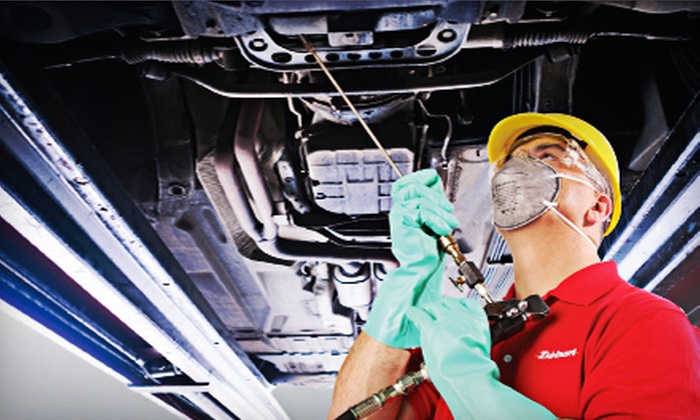If you are about to buy a new car, your car dealers would urge you to buy extended warranties and protection packages. Rust protection for cars is one of the most commonly recommended add-ons. Still, most buyers are often confused about its value. This is because most of the cars produced today come with inbuilt corrosion protection and the manufacturers offer a warranty period of 5 years or more for it. However, people who have extended car loans that can last up to 8 years can consider making a small investment for vehicle rust proofing. This becomes more important if you live in a coastal area or a place where winter salt is a major contributor to corrosion. Some common methods to treat rust prevention are given here,
Electronic module
This is a small device that is installed in your car. By sending weak current through the metal, it can stop rusting theoretically. This is highly recommended by many car dealerships because it is easier to fit and costs higher. However, the jury is still out about this method and reviews given by both experts and owners are mixed.
Car undercoating
It is a tar-based spray method where black, tar-like substance is applied on the floor pans, wheel wells, and other exposed parts in the underbody of your car. This spray gets hardened eventually and offers a protective shield that can protect your car from moisture, salt, and other elements permanently. This works best for freshly bought vehicles. It is available in two types,
Solvent-based spray
It usually consists of solvents, rust inhibitors, waxes, and others. It is capable of guarding your car against rust and abrasion. It can also work well against road salt and moisture. Other than cars, it can effectively provide protection for industrial products stored outdoor.
Solvent-free spray
These solvent-free products are usually made of viscosity binding agents and additives. It adheres to the car as a soft film during application and then gets hardened, forming waxy anti-corrosive protection.
Dripless oil spray
It is a very dense and wax-like substance and is applied to the entire body of the car. Similar to the tar-based undercoating, it hardens over time but is colorless.
Drip oil spray
It is more watery than the dripless spray and thus could reach more areas. However, it continues to drip for about 48 hours after the application. Hence, you would have to take precautionary measures not to leave stains in the area.
Rust prevention after its occurrence
By taking immediate action, you can prevent it from doing further damage. Use a steel brush and attempt to remove it. Once you have removed it, clean the spot with a rust killer. Then, you can use spray that act as a rust inhibitor for cars. Rust protection for cars can be really beneficial if you plan to have your car around for a long time.

